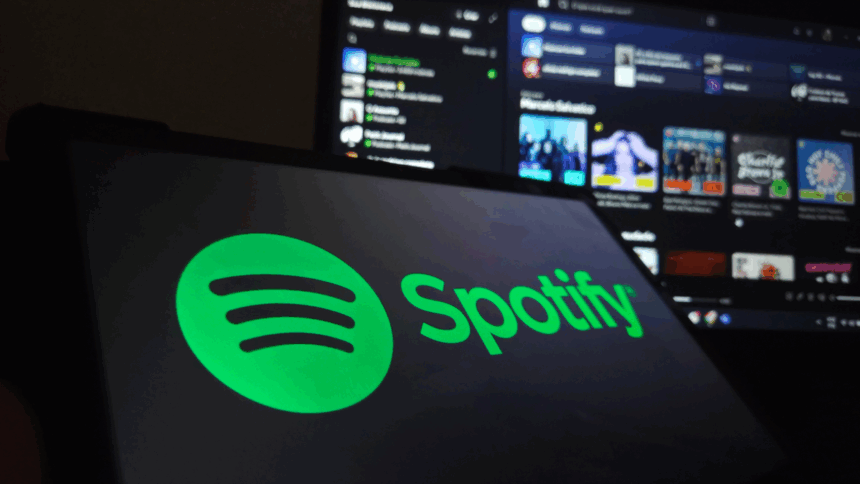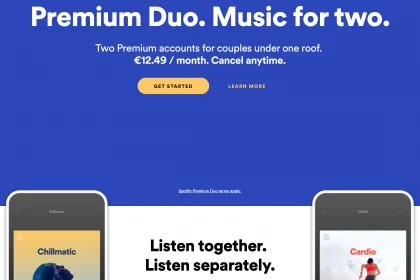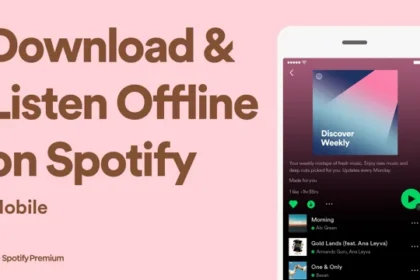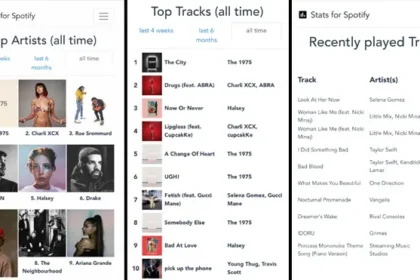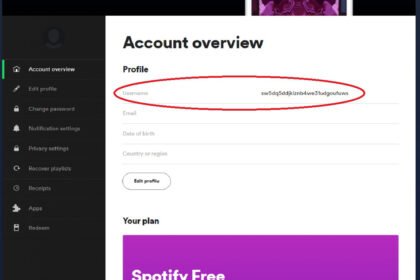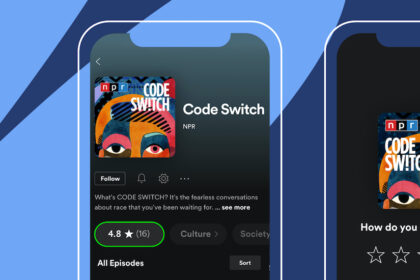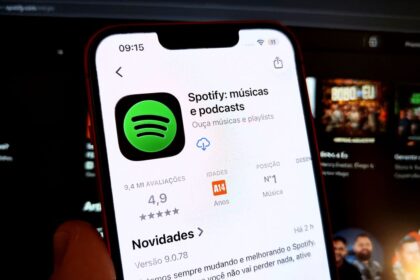Spotify has unveiled a fresh wave of updates to its digital media programming channels this week, introducing new tools and partnerships designed to enhance its advertising platform.
One of the biggest developments is the expansion of Spotify Ad Exchange (SAX), which now offers integration with Amazon’s ad system, giving marketers broader reach and targeting options across the streaming platform.
Spotify is also leaning further into artificial intelligence. Its Ads Manager tool now incorporates AI technology to automate and improve A/B testing, helping advertisers compare variations of campaigns and optimise performance more efficiently.
These changes continue to build on Spotify’s commitment to programmatic advertising—a model that relies on data and algorithms to automatically buy and place ads in real time, ensuring they reach the right audience at the right moment.
What are the new tools?
The biggest change in Spotify’s latest announcement for advertisers is its new integration with Amazon DSP, Amazon’s digital media buying platform. Through this partnership, advertisers can now tap into Amazon’s First-Party Signals—consumer data collected directly by the company—to build more precise targeting for audio and video campaigns running on Spotify.
Spotify Ad Exchange (SAX) is also evolving. The platform will soon open up to publishers using Megaphone, Spotify’s podcast hosting service. Starting next year, these creators will be able to sell ad inventory directly through Private Marketplaces (PMPs), enabling more tailored, one-to-one agreements between advertisers and podcasters.
In addition, Spotify Ads Manager is being enhanced with new integrations and features. The tool now works with Smartly, helping brands streamline campaign creation, automation, and measurement. Advertisers also gain access to Split Testing (A/B testing), which makes it easier to compare different ad variations and track performance based on metrics such as clicks, cost per conversion, and app install rates.
What is the impact on advertisers?
For advertisers, these updates mean greater precision and control when planning campaigns. The integration with Amazon DSP makes it possible to reach more relevant audiences, helping brands get the most out of their media investments.
Meanwhile, the new AI-powered Split Testing feature gives marketers clearer insights into which ad formats drive the strongest engagement and returns.
For podcast publishers—particularly those using Megaphone—the expansion of Spotify Ad Exchange unlocks fresh monetisation opportunities. Creators can now strike direct deals with advertisers, diversifying income streams and strengthening their role in the digital audio economy.
And for users?
For everyday Spotify users, the biggest change will be in personalisation. Ads are expected to feel more relevant and better aligned with each listener’s profile, making them less disruptive to the overall experience.
Spotify’s own numbers highlight why this matters: nearly 90% of users open the app daily, spending an average of over two hours listening. Even more striking, 65% of listeners say their time on Spotify feels more positive than time spent on social media—making it an especially strong environment for ads that blend seamlessly with music and podcasts.

